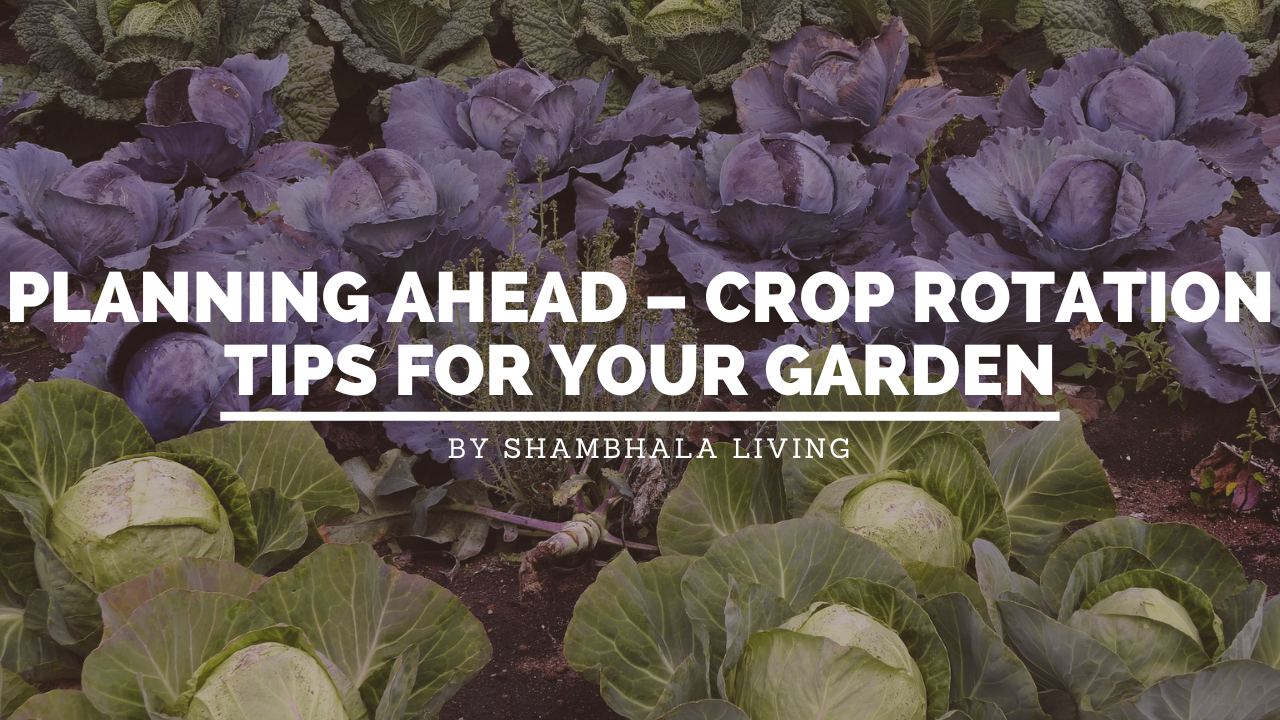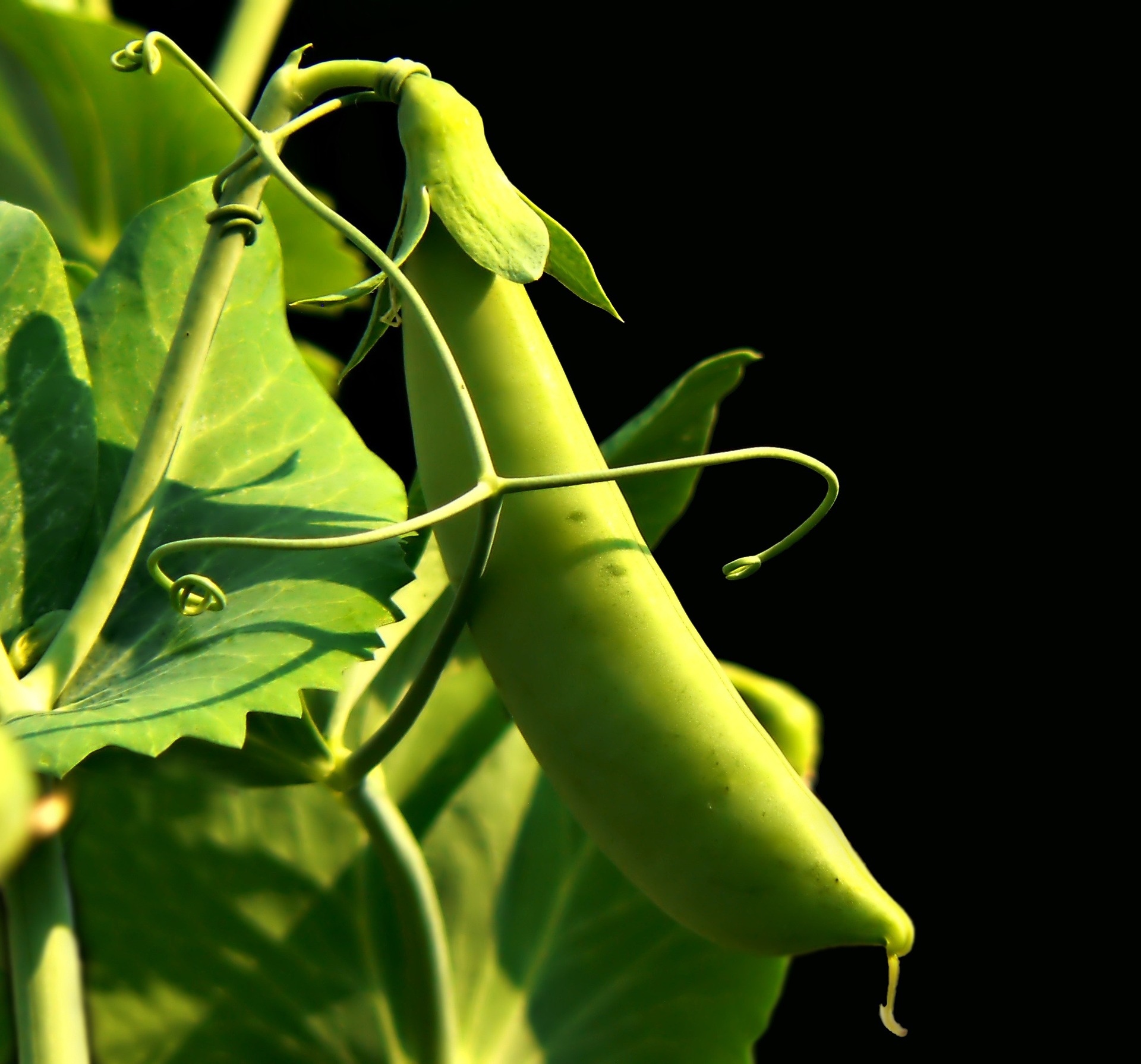Planning Ahead – Crop Rotation Tips for Your Garden

Crop rotation is one of the things gardeners should think about when they want to ensure the health and fertility of their gardens long-term. Planning ahead can be important to sustainability and also to achieving as high a yield as possible in your annual growing areas.
What is Crop Rotation?
Crop rotation is all about limiting the chances of pests and disease by not growing certain annual crops in the same growing areas year after year.
One of the main reasons to rotate different crops between different growing areas is to make sure that the soil maintains its fertility. Certain crops deplete nitrogen and other nutrients to quite a high degree, while others can feed nitrogen back into the system.
Growing certain crops in the same bed year on year can also lead to disease problems. Moving them year on year will help to reduce the incidence of soil-borne diseases.
Another reason for crop rotation is to reduce the likelihood that certain pests that have remained in the soil of your growing areas will decimate your crops. Certain pests are specific to certain types of crop – growing those crops in the same area year after year will make it more likely that you will have a problem with these particular pests.
Tips for Crop Rotation
1. Remember, only certain plant families require strict crop rotation.
The important thing to realise about crop rotation is that it is only relevant for certain crops – perennials and certain annual crops can be grown in the same place year after year with no ill effect.
With crop rotation, as with most other gardening practices, it is important to be flexible. While it can be useful to have a plan in place, you should not be afraid to deviate from it somewhat as you adapt to changing circumstances, or different requirements that may arise.
The key families to think about when it comes to crop rotation are:
- Brassica (cabbage family) plants.
- Nightshade family plants (potato, tomato, peppers etc..)
- Legumes (nitrogen-fixers like peas and beans).

With these key groups of plants, it is best to practice a crop rotation and not grow these in the same bed or area until 2-3 growing seasons elapse. This means having three areas, in a three year rotation, or better still four areas with a four-year rotation.

2. Which crops follow other crops in the garden is important.
Nitrogen hungry plants (like Brassicas) work well after nitrogen fixing crops (peas or beans), for example.
3. Crop rotation can take year-round growing into account.
When thinking about crop rotation planning, you can and should think about what you will grow in a bed not only for the main growing season but throughout the year – planning for both warm and cool season cropping where possible
4. When planning crop rotation you can also accommodate successional sowing.
As well as thinking about crop rotation, you can also think about successional sowing when planning your gardening year – sowing crops over time in batches rather than all at once, for example.
5. And companion planting should also be taken into account.
Finally. Though it adds complexity, remember that it is always best to avoid growing just one plant type in a bed or growing area. Companion planting and creating polyculture planting schemes is crucial for a garden that succeeds and thrives long-term.
If you enjoyed reading that, you'll surely love our Shambhala Living Podcast too..
S t a y C o n n e c t e d
We'd love to share more about our food growing and regenerative living tips, ideas and visions for a new future.

